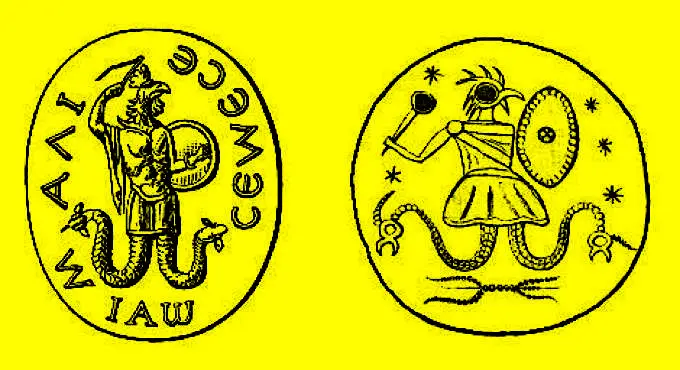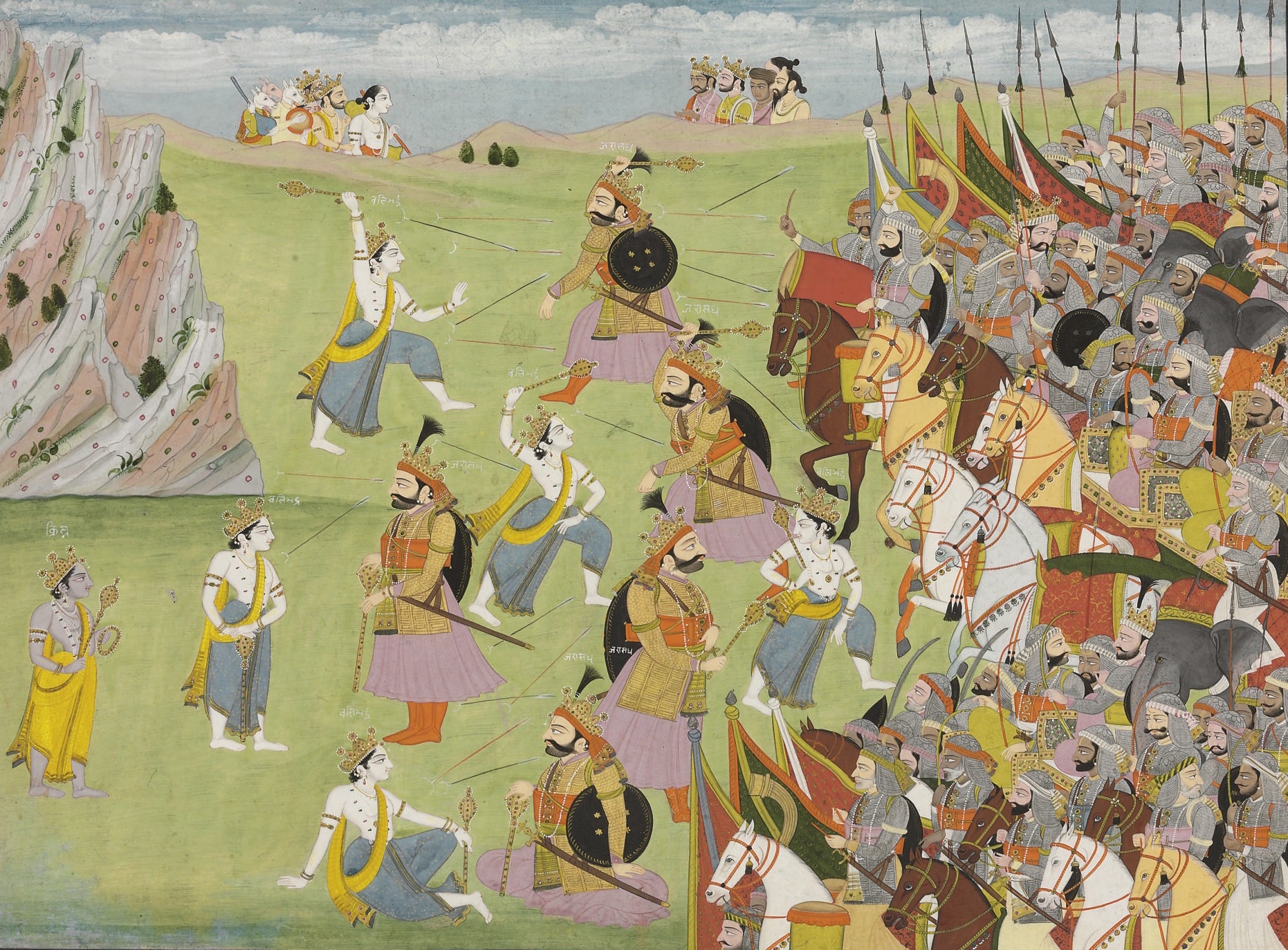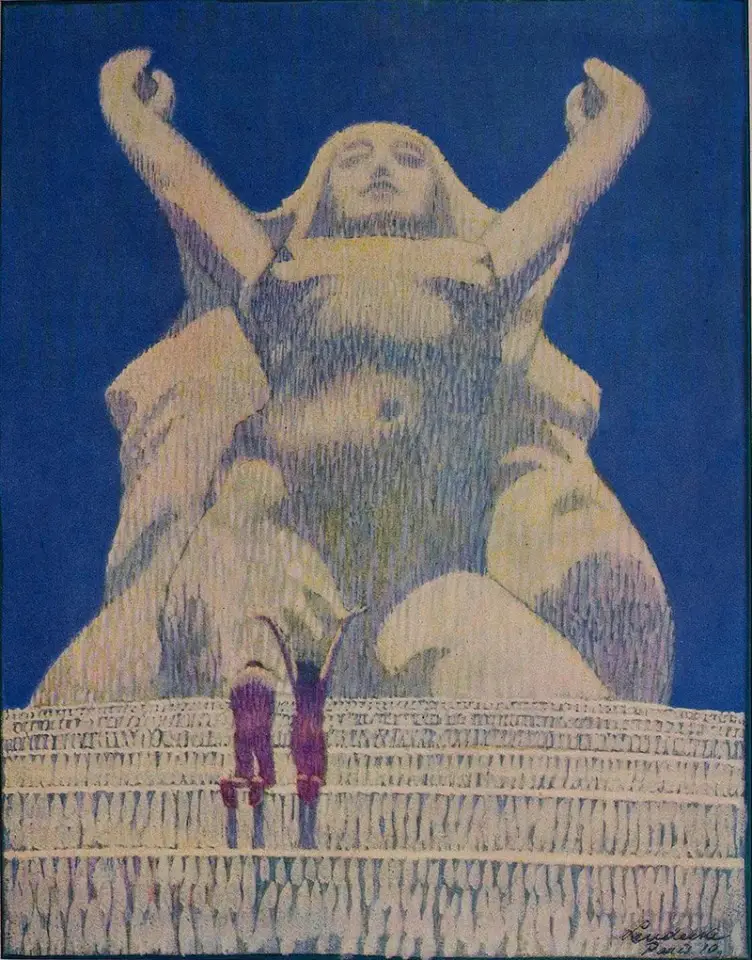Tag: Avesta
The suffering of the earth: overpopulation and the myths of depopulation in India, Iran and Greece
The mythologem of "cosmic weariness" and "earth suffering", which inevitably follows a divine action aimed at depopulating the planet - whether it be a war between gods or a deluge sent from heaven - to balance its irremediably compromised equilibrium, is finds with notable correspondences in different Indo-European traditions, or rather Indo-Mediterranean ones: in India and Iran as well as in ancient Greece, and partly also in the Old Testament tradition.
The Amazons and the Origins: on the theory of "primordial matriarchy"
Beyond the prejudices and ideological constraints that over the centuries have compromised the veracity of historical research, it is necessary to reconstruct a theory of the "primordial matriarchy" that proceeds through the comparison of different studies and does not exclude a priori the hermeneutics of myth: here we try to analyze in a comparative way the working hypotheses of JJ Bachofen, Marija Gimbutas and Herman Wirth
Shamanic aspects in the cult of Ganesha, the elephant-headed goddess
Starting from Airāvata and the mythology of the "blending of the Ocean of Milk" and then reaching Ganesha, Giuseppe Acerbi aims to identify some esoteric correspondences between the elephant-headed divinities of ancient India, Iran, Japan and the Americas.
A Science in Tatters: Survival of the Doctrines of Cyclic Time from the Timaeus to the Apocalypse
di Andrew Casella
cover: William Blake, illustration for Dante Alighieri's Divine Comedy
In the first article of this cycle [cf. Cyclic time and its mythological meaning: the precession of the equinoxes and the tetramorph], we have said that, at regular intervals, due to the precession, some alternations of constellations occur in the four cardinal points of the year. This is the reason why the sacred texts speak of certain "catastrophes" that determine some "submergence" of an old "earth" and the rise of a new one (at least up to a certain time in history). Each age of the world has its "earth", that is its ecliptic plane, delimited by the equinoxes and solstices, which emerges from the "sea", that is, from the demarcation plane of the celestial equator. When the points of the year are determined by other constellations, a new "earth" rises on the horizon, while the old one sinks below sea level.





